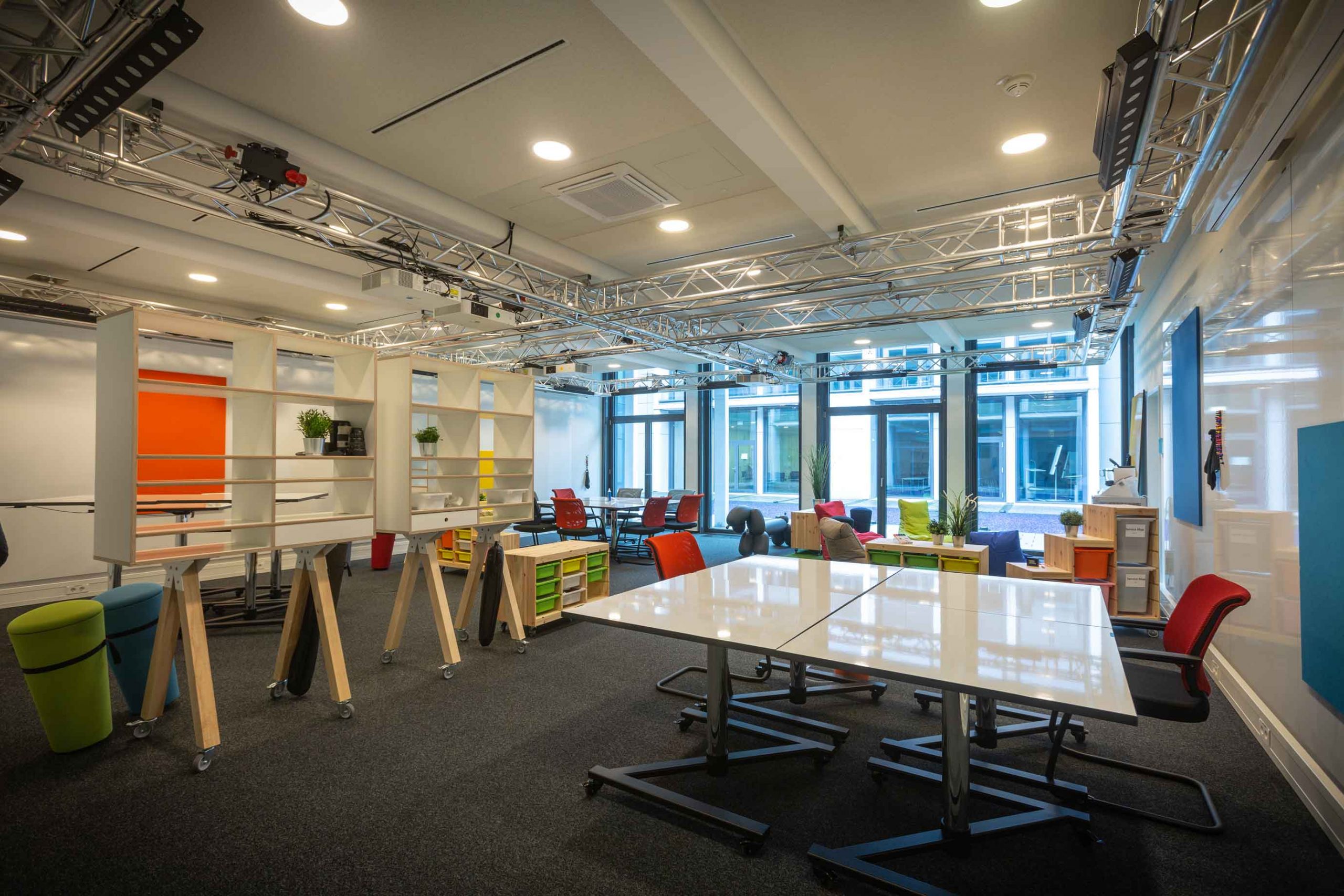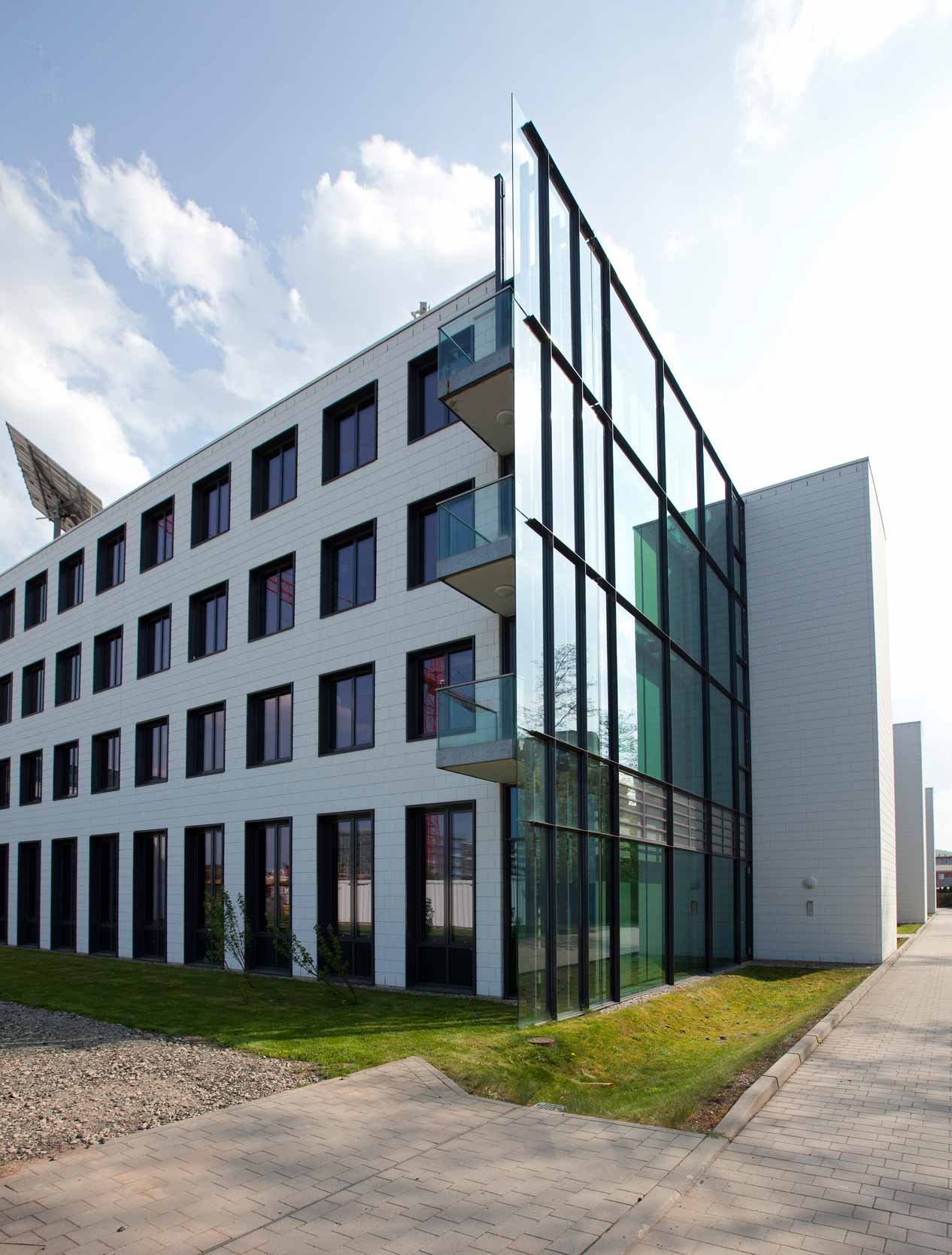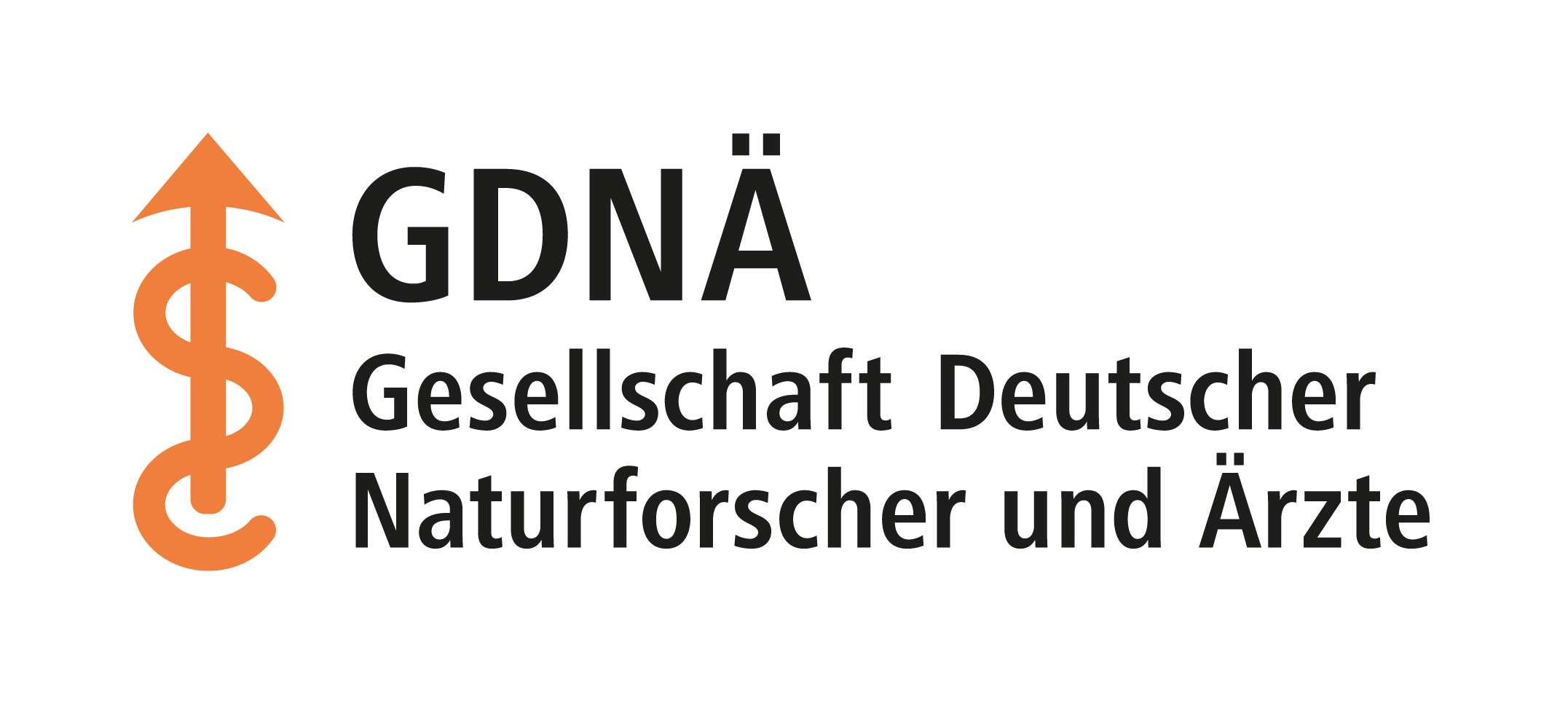“Application orientation is important to me”
Peter Liggesmeyer, computer scientist and member of the GDNÄ Board Council, on artificial intelligence, obstacles to innovation and affordable cell therapies.
Professor Liggesmeyer, everyone is talking about ChatGPT these days. Is this also the case in professional circles, for example at your Fraunhofer Institute for Experimental Software Engineering IESE?
Yes, chatbots have been talked about here too, and not just for a few months, but for years. At IESE there is a general interest in the topic; at the University of Kaiserslautern, where I have been teaching and researching for almost 20 years, it is about the use of ChatGPT in teaching or the evaluation of student performance. These issues are the subject of controversy among colleagues. But I think it will be clear that a complete ban on the use of systems like ChatGPT makes as little sense as its unrestricted use.
What is your position?
Linguistic models such as ChatGPT can produce polished texts from a few keywords, but they are no substitute for the often tedious and laborious knowledge acquisition that university is all about. The models are suitable for quick bibliographic searches, for example, and can provide valuable services in this regard. The field is currently very volatile, there are good arguments for and against the use of chatbots in universities. I think we should observe the development for a while and make decisions after a reasonable period of time.
ChatGPT has brought the topic of artificial intelligence sharply into the public consciousness. How do you see the development in this field?
I too am amazed at how fast everything is going and what is possible today. The results are getting better and better. They can no longer compare with the first bulky AI solutions that I worked on as a PhD student in the early 1990s. The big push came in recent years, mainly thanks to high-performance computers and the availability of large amounts of data. But, of course, even these impressive systems are not intelligent in the true sense of the word.
Where does Germany rank in AI research in international comparison?
With the nationwide German Research Centre for Artificial Intelligence (DFKI) and its partner companies, we can keep up a good pace in research and development. In addition, there are numerous AI researchers at universities and research institutions, including Fraunhofer IESE. Overall, I see great opportunities for our country here. One obstacle to innovation could be the planned EU AI Act, a law to regulate AI applications at the European level. The aims of the project are quite honourable; however, I fear that the envisaged implementation might become an obstacle for the technology with negative effects also in practice. We know this from the General Data Protection Regulation (GDPR), which pursues very sensible goals, but confronts us daily with stuffing masks when using the internet in the name of online data protection. We should avoid this at all costs.

© Fraunhofer IESE
Workspace at Fraunhofer IESE.
As a researcher, you have been working for thirty years at the intersection of computer science and classical engineering. Is there a common thread between your projects?
Yes, there clearly is. At the beginning of my scientific career, I focused on software quality assurance. Now I focus on the security of digital systems. This involves two types of security risks: external threats to systems in the sense of the English term “security”, but also “safety”, i.e. dangers emanating from the systems themselves. Security risks exist, for example, in self-driving cars, in autonomous Industry 4.0 environments or in medical technology. If these systems are to make autonomous decisions with the help of machine learning, residual risks must be determined as a basis for the required certifications. This is not currently possible for machine learning components, but it would be important, which is why research is being carried out. Humans are good at constantly finding workable solutions for complicated tasks with imponderables in everyday life. The technical solutions of the future will have to be measured by whether they can do something similar.
Do you have any examples of this?
Yes, specifically MY DATA Control Technologies from my Fraunhofer Institute. This is software for individual control of data usage. It allows you to define and monitor compliance with data usage rules. For example, one could authorise the use of one’s own data for medical research purposes, but at the same time set up a comprehensive data protection that prohibits the use of the same data for advertising purposes, for example. What happens to one’s own data is always determined by the donor of the data. The system arrives at workable compromises in complicated situations with simple rules, as we humans do every day.
How important to you is the practical use of your research?
The practical orientation of my research is important to me. If the results are then used in practice, that is, of course, especially motivating. With this in mind, the artificial contradiction between basic and applied research dissolves. Industrial and academic research also come closer together. Thus, at my university I am involved in the areas of “Commercial Vehicle Technology”, “Works of the Future” and “Region and City”. At Fraunhofer-Gesellschaft, I am a member of the spokesperson team of the strategic research field “Intelligent Medicine”.
Intelligent medicine: what does it mean?
Together with several Fraunhofer institutes, we are currently developing automated production technologies for new vaccines and mRNA-based cell therapies. We are using solutions that have emerged in the context of our Industry 4.0 research to be able to produce highly effective and affordable individualised medicines in the future. A very smart and sensible idea, in my opinion.

© Fraunhofer IESE
Main building of Fraunhofer IESE in Kaiserslautern.
You have been a member of the GDNÄ Board for a few months now. What motivated you to accept this honorary position?
On the one hand, the interdisciplinary nature of the GDNÄ, which fits in very well with my professional background. I graduated in electrical engineering in 1988 with a specialisation in data technology. The combination of computer science and engineering runs through my career. In the GDNÄ I would like to advance these subjects and, at the same time, promote their interdisciplinary linkage. For example, by building new bridges with the German Physical Society or the Society for Computer Science. There are also interesting points of reference between engineering, computer science and medicine, for example in the field of RNA therapies. I see the GDNÄ as a crystallisation nucleus for promising co-operations.
Could this be an argument for young academics to get more involved in the GDNÄ?
I am convinced of it. Young people know how important interdisciplinary cooperation is for real progress. It is very important to be rooted in one’s own subject, that is something I want to point out. Because only those who are well versed in their field can be successful in interdisciplinary teams.

© Fraunhofer IESE
Prof. Dr. Peter Liggesmeyer
About the person
Since 2004, Prof. Dr.-Ing. habil. Peter Liggesmeyer has been director of the Fraunhofer Institute for Experimental Software Engineering IESE in Kaiserslautern; in the same year, he also took over the Chair of Software Engineering in the Department of Computer Science at the Technical University of Kaiserslautern. From 2014 to 2017, he was President of the German Society for Computer Science.
After studying electrical engineering with a specialisation in data technology at the University of Paderborn, Liggesmeyer received his PhD at the Ruhr-University Bochum (RUB) in 1992. From 1993 to 2000, he set up a centre of expertise in the field of security analysis and risk management in the central research and development department of Siemens AG. At the same time, Peter Liggesmeyer was a lecturer at the TU Munich, the TU Ilmenau, the FSU Jena and the RUB. There he taught the subject “Quality Assurance of Software Intensive Technical Systems” in 2000. From 2000 to 2004 he was a lecturer for Software Engineering and Quality Management at the Hasso Plattner Institute (HPI) at the University of Potsdam. Peter Liggesmeyer has received several scientific awards, is co-editor of several journals and author of numerous technical articles and books, including the reference work “Software Quality”. He also advises leading companies and organisations and is the scientific spokesman of the Industry 4.0 research advisory board. In autumn 2022, he was elected to the GDNÄ board as thematic representative for mathematics/computer science.
Further information:
